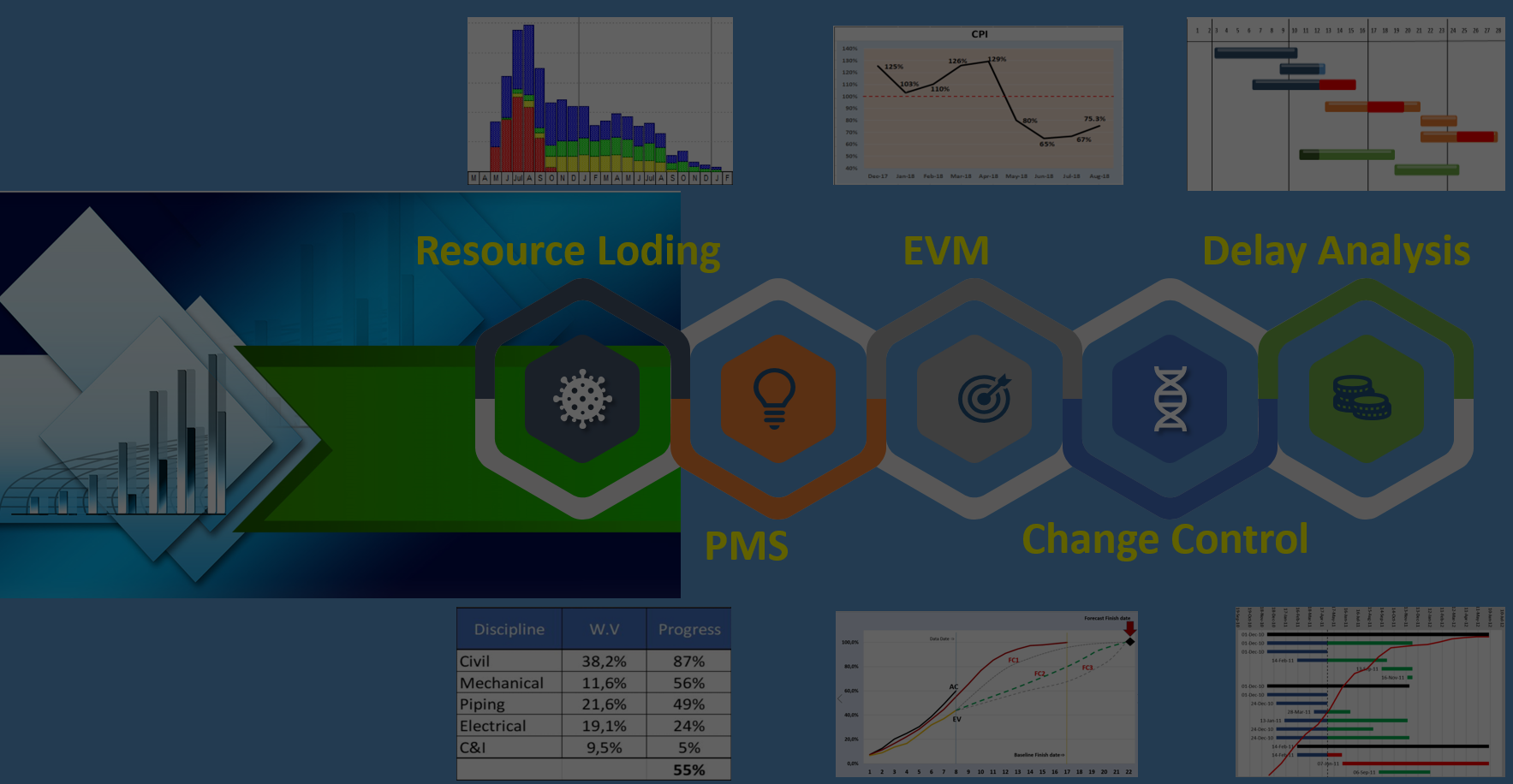21 Jun The Power of Probabilistic EAC Analysis with KAT
We recently received a request to calculate the Estimate at Completion (EAC) for a Project. The request seemed somewhat unusual because the Project Control team was issuing EAC figures every month. The Project was already 80% complete, and the Client wanted a more accurate EAC to justify their request for additional budget. The monthly EAC figures were constantly changing, causing confusion!! It's important to note that the scope of the EAC calculation was specifically for the PMC contractor and not the...




